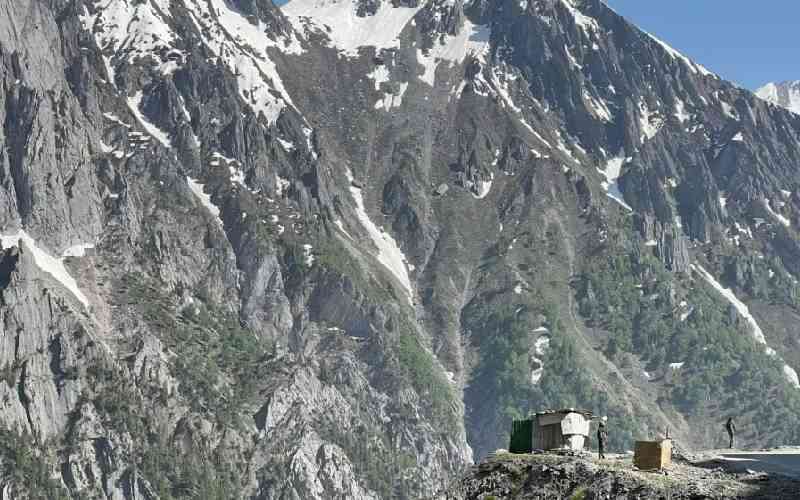
While diplomatic efforts to resolve the border dispute that prompted a deadly 2020 clash between China and India make little progress, China and to a lesser extent India are moving ahead with the construction of military infrastructure to reinforce their respective claims.
Satellite imagery spanning a six-month period which ended in April shows a well-established presence on the Chinese side of the loosely defined Line of Actual Control that serves as a de facto border between the countries in the disputed Himalayan region of Aksai Chin.